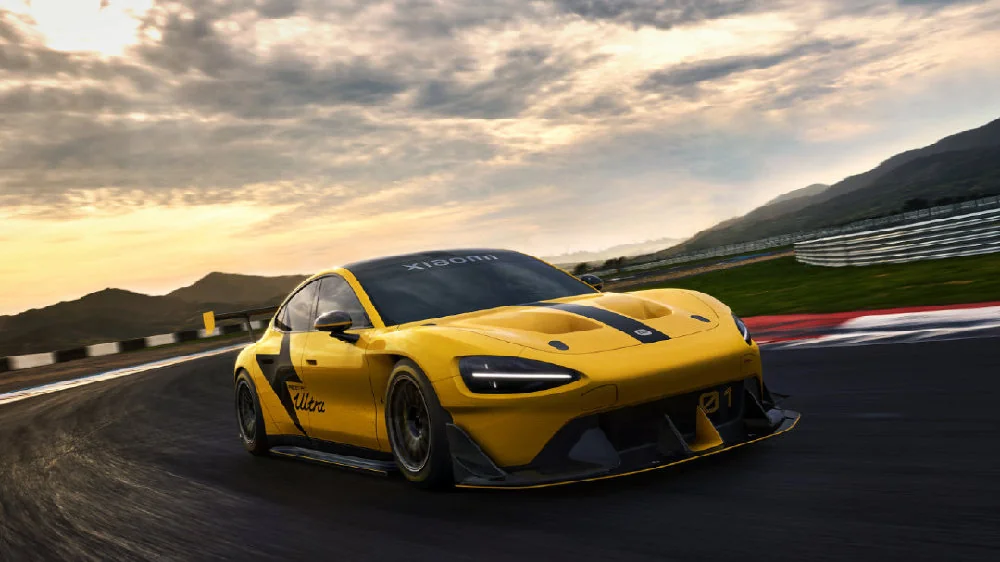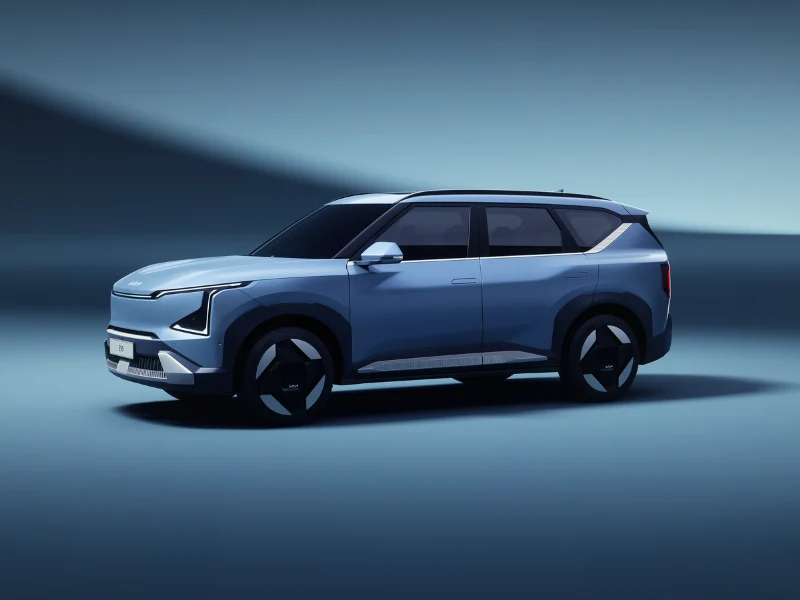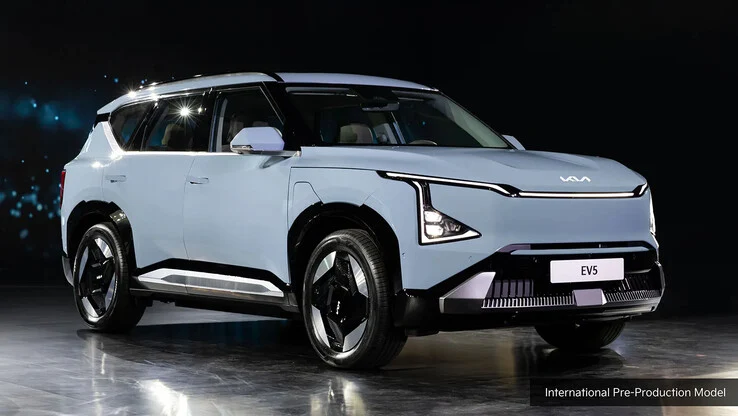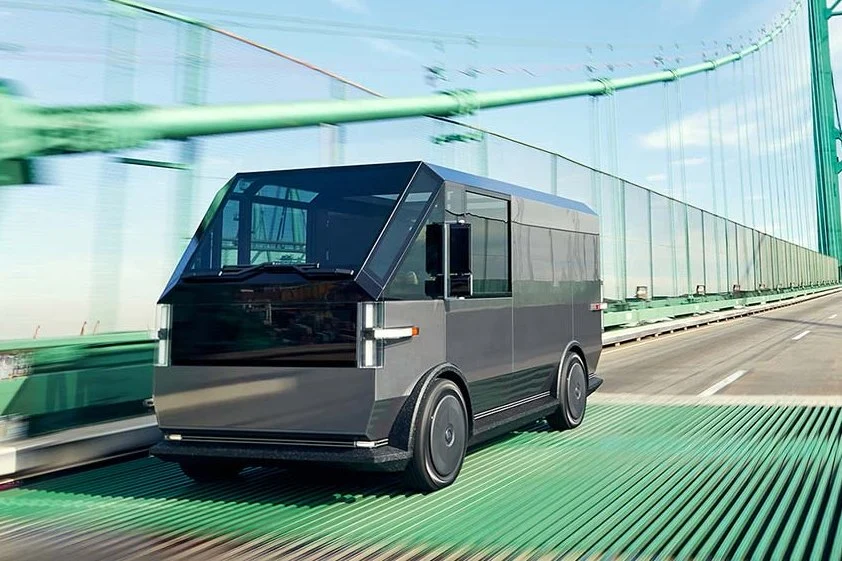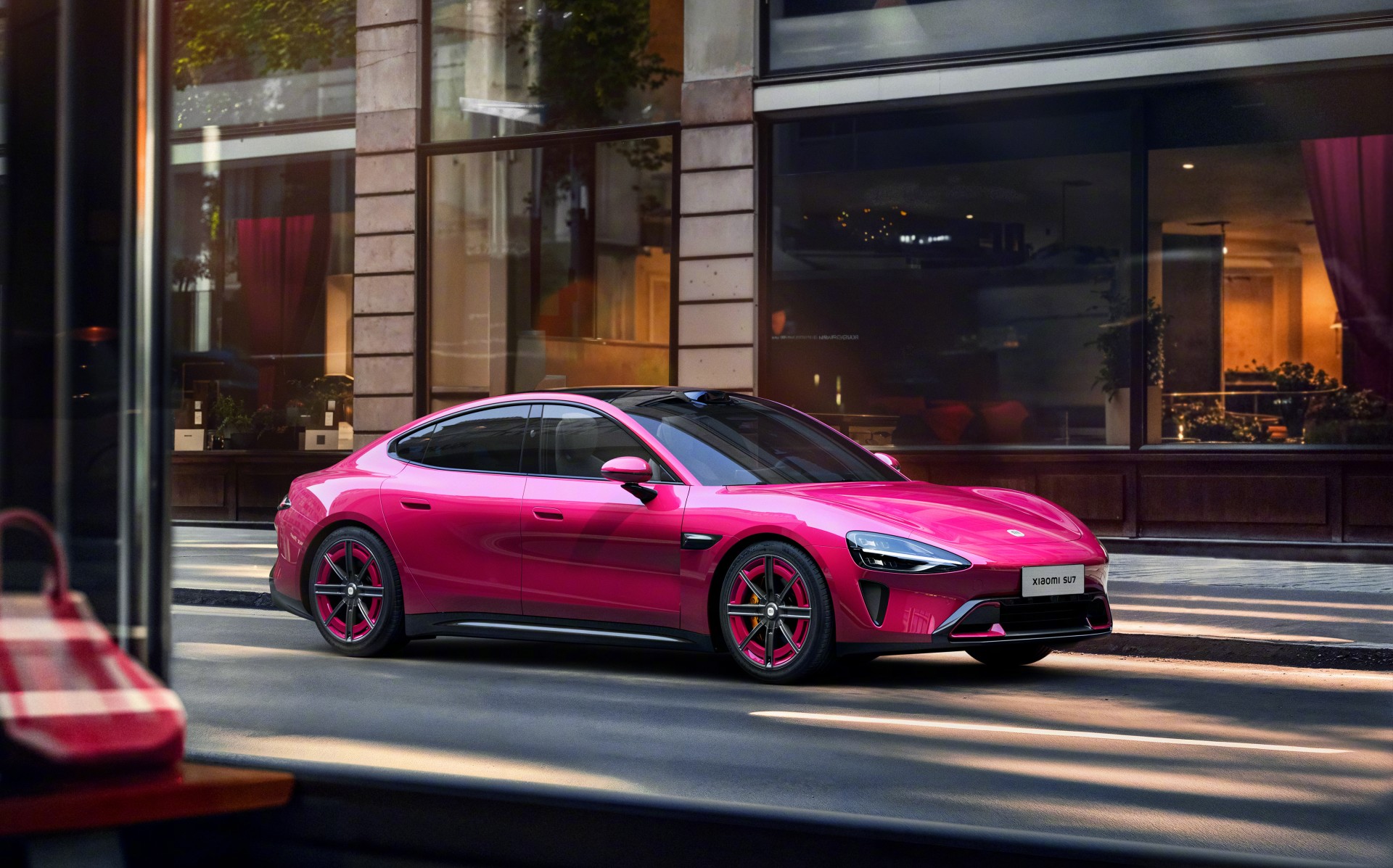Key Takeaways
1. The Xiaomi SU7 Ultra achieved a record lap time of 2:09.94 at the Shanghai International Circuit, making it the fastest production car on that track.
2. The electric sedan can reach speeds of 323 km/h (201 mph) and accelerates from 0-100 km/h in just 1.98 seconds.
3. It features a triple motor configuration that produces 1,548 horsepower.
4. The SU7 Ultra is powered by the world’s first CATL Kirin II battery, enhancing its performance and power delivery.
5. Initial sales for the SU7 Ultra will start at approximately 800,000 Yuan (around 110,000 US Dollars).
Xiaomi has recently unveiled the capabilities of its SU7 Ultra. This new electric vehicle had the opportunity to showcase its skills at the Shanghai International Circuit (SIC) and has claimed the title of the fastest production car on that track. Let’s dive into what happened.
SU7 Ultra’s Impressive Lap Time
The tech powerhouse from China took its Xiaomi SU7 Ultra for a test drive at the SIC, where it achieved a remarkable lap time of 2:09.94. This time sets a new record for production vehicles on this circuit, regardless of the type of power. The SUV 7 Ultra EV surpassed the previous record held by the Porsche Taycan Turbo GT, which completed the 5.45km (3.39 miles) course in 2:11.28.
Electric Sedan Features
In a video released by Xiaomi (via Carscoops), the SU7 Ultra was shown hitting speeds of 323 km/h (201 mph) on the straight part of the circuit. It is also worth mentioning that the Xiaomi SU7 Ultra is expected to make its global debut at the upcoming MWC 2025 event. This electric sedan features a triple motor configuration (V8s + V8s + V6s), producing an impressive 1,548 horsepower. It can accelerate from 0-100 km/h in only 1.98 seconds and reach 0-200 km/h in just 5.86 seconds.
Advanced Power and Sales Info
This model is powered by the world’s first CATL Kirin II battery, which enables excellent power delivery. The record-setting run reinforces Xiaomi’s assertions that the SU7 Ultra comes with a braking system specifically designed for track use, capable of stopping the car from 100 km/h in a mere 25 meters. The initial sales of the Ultra are about to commence, with prices starting from approximately 800,000 Yuan (around 110,000 US Dollars).

